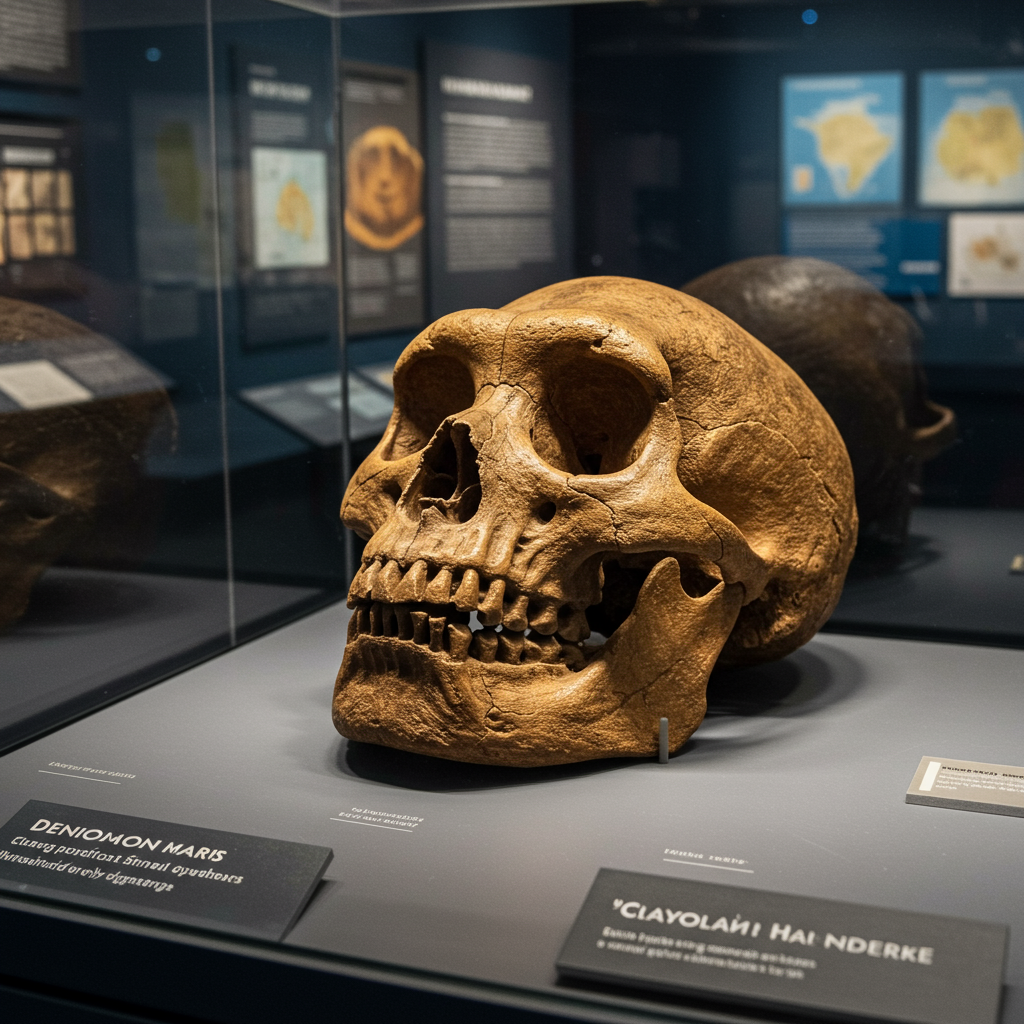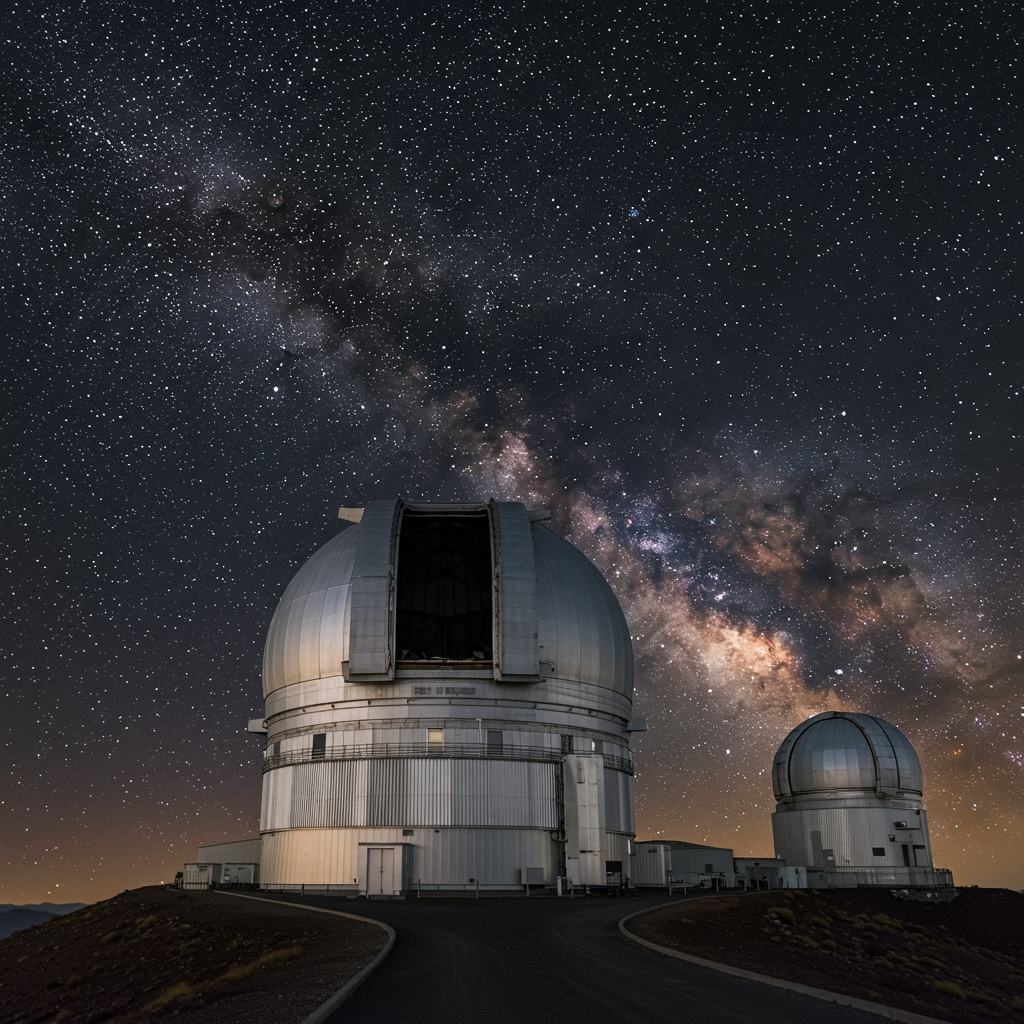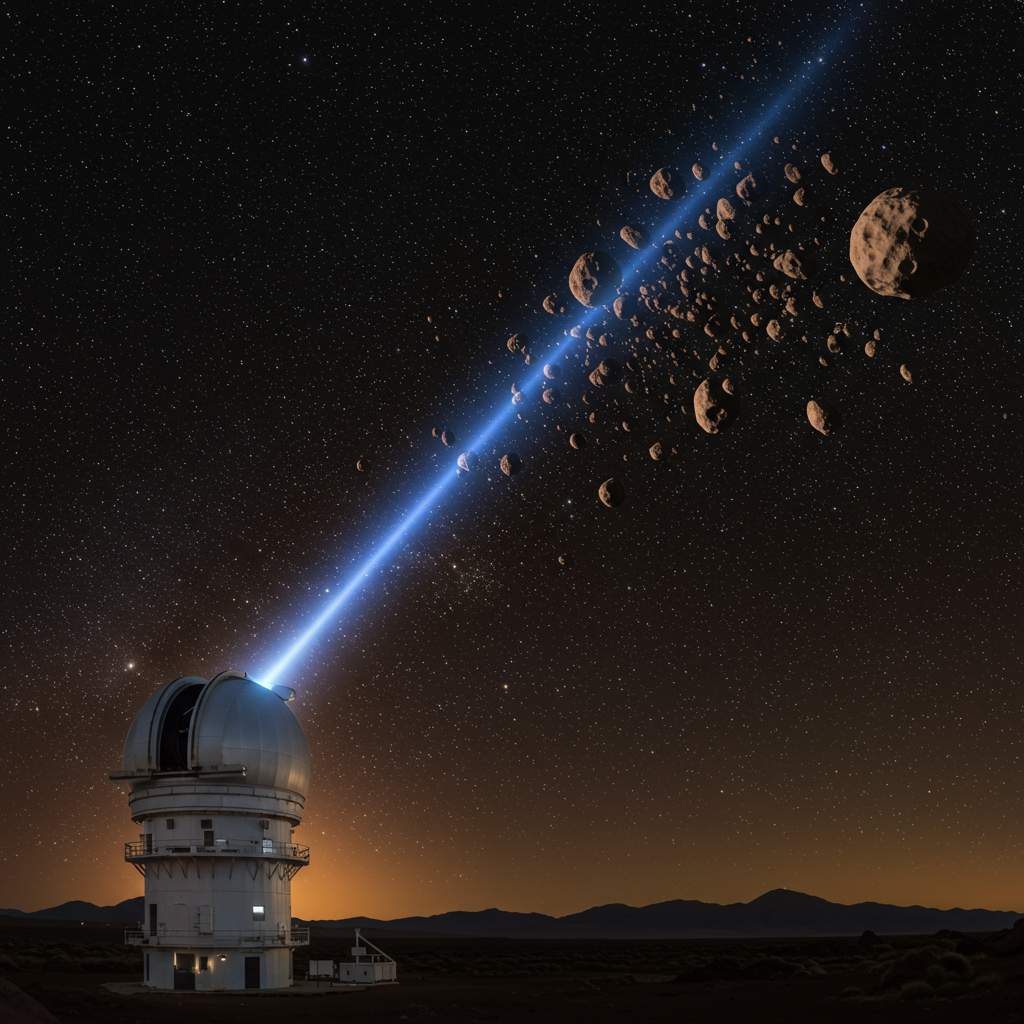A remarkable ancient skull, hidden for decades and initially baffling scientists, may finally have found its place in the human family tree. This discovery could help unlock secrets about our mysterious ancient cousins, the Denisovans, and shed new light on human evolution.
Unearthed from a well in Harbin, northeastern China, the nearly complete skull, nicknamed “Dragon Man,” dates back at least 146,000 years. When first described in 2021, its unique features defied easy classification, prompting some researchers to propose it belonged to a new species, Homo longi. However, its true identity remained a subject of intense debate within the paleoanthropology community.
Unlocking Clues from Ancient Molecules
Solving the mystery required delving into the molecular past. Scientists faced the challenging task of extracting ancient genetic material from the fossil, given its age and preservation conditions. Previous attempts had struggled to retrieve DNA from such old specimens.
The breakthrough came through analysis of the skull’s fossilized dental calculus – the mineralized plaque on the tooth. Researchers successfully recovered mitochondrial DNA (mtDNA) from this unexpected source. While mtDNA provides less information than nuclear DNA, it offered a critical clue: the genetic signature closely matched known Denisovan genomes.
Further analysis of protein fragments found in the skull’s petrous bone (a dense part of the inner ear) provided additional compelling evidence, also pointing to a Denisovan identity.
The Elusive Denisovans Get a Face
Before this discovery, Denisovans were one of the most enigmatic groups of ancient humans. First identified in 2010 from DNA in a tiny pinkie bone fragment found in Russia’s Denisova Cave, they were known primarily from genetic data and a handful of small bone pieces. Scientists had very little idea what these relatives, who coexisted and interbred with both modern humans (Homo sapiens) and Neanderthals, actually looked like.
Skulls are considered the most valuable fossils for understanding the physical appearance of extinct human species. The Harbin skull, if confirmed as Denisovan, provides the first detailed look at this previously shadowy population.
“We know the first Denisovan skull,” stated Qiaomei Fu, a leading author on the new research published in the journals Cell and Science. This connection effectively puts a potential face to the Denisovan name, a moment scientists in the field have anticipated for years.
Impact on Understanding Human Evolution
This link between the Harbin skull and Denisovans is poised to significantly impact our understanding of a crucial period in human history when multiple human groups, including our own species, shared the planet. The findings could help fill gaps about Denisovan morphology, distribution, and relationship to other ancient humans.
With a potential reference skull, paleoanthropologists can now compare other previously unclassified fossil remains from Asia and elsewhere to the Harbin specimen, potentially identifying more Denisovans and expanding our knowledge of their range.
Some experts suggest that Homo longi, the name previously proposed for the Harbin skull, might become the formal scientific name for the Denisovan group, though this is likely to be debated. Regardless of the official classification, the informal “Denisovan” name is expected to remain widely used, similar to how “Neanderthal” is shorthand for Homo neanderthalensis.
What Did Denisovans Look Like?
Based on the features of the Dragon Man skull, researchers can now offer a preliminary description of what a typical Denisovan individual might have looked like. The skull suggests a robust build with prominent brow ridges, brain size comparable to Neanderthals and modern humans, but notably larger teeth. Overall, they likely had a solid, blocky appearance.
As one expert noted, if a Denisovan were dressed in modern clothes, they would likely still be recognizable as human, albeit with some distinct features.
While the link between the Dragon Man skull and Denisovans marks a major step forward, mysteries about this ancient population persist. This discovery is a key piece in the puzzle, bringing us closer to understanding the diversity of human evolution and the complex relationships between ancient human groups and our own species.




